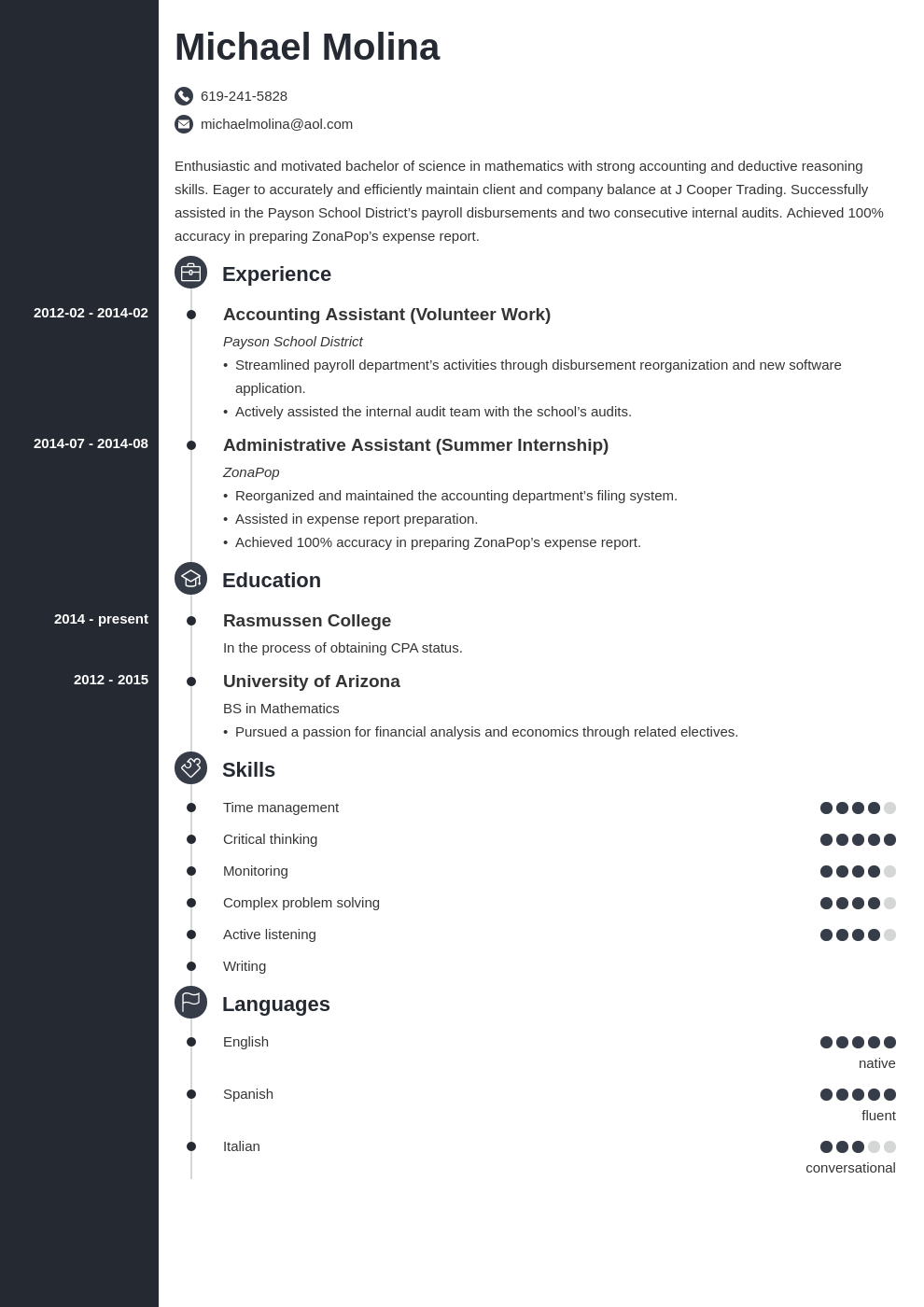

From here, you can also open the file in a compatible app, download it to another Mac running Transloader, access Quick Look, and reveal the file in Finder. There’s a separate sidebar section for Saved files too.Īs with the iOS and iPadOS app, Transloader on the Mac can be used to share a link to a file using the Mac’s built-in share functionality. The Mac app runs as a single-window app with a sidebar on the left that lists all available Macs and a history of the files sent to them on the right. On the Mac side of the equation, Transloader can be run as a standard app that appears in the Dock or in the menu bar. That, along with granular notification options, provide clear feedback on the status of your Macs and files across all devices, which means no surprises about where a file is or whether it has been downloaded.įrom the iMac where Transloader is running I can see the files sent to my Mac mini. Transloader indicates the status of each download, too, letting you know if a download fails for some reason or is waiting for a Mac to come back online, for example.

The download history is also a useful reminder if you forget where you downloaded something. You can re-download a file, send it to a different Mac using the More button next to a file’s entry in Transloader or by using the app’s drag and drop support that causes a list of Macs you’ve set up to appear when you initiate the drag, or share the link using the share sheet. The benefit of the history is that it makes it incredibly easy to revisit linked files. That’s not something you have access to if you download directly to iCloud Drive. One of the details of the iOS and iPadOS app that I like a lot is that it keeps a running history of the files you’ve downloaded.

Once in the app, Transloader can initiate a download immediately on an available Mac or save it for sending to a Mac later. A three-finger tap gesture is also available for quickly adding a URL to Transloader from the clipboard. More often than not, I use the share extension, but it’s nice to have multiple options. On the iOS and iPadOS end, you can paste file links directly into the app or use the app’s share extension, Quick Action, or Shortcuts integrations to send a link to your Mac. Transloader on the iPhone and iPad handles the management of file links you want to send to your Mac, while the Mac app handles the receipt of files and what happens to them once they are downloaded. Transloader’s transfer history, setting up a download, a saved link, and the devices I’ve registered with the app. However, with Transloader, I’ve got many more options thanks to its built-in automation tools as well as other features that make managing downloaded files easier. In both cases, I could save the app or other files to iCloud Drive’s Downloads folder and revisit the materials the next time I’m at my Mac. The second scenario is when I’m researching apps and find one or a related press kit I want to download to check out later. Going through email messages is one of those tasks that I often leave until late in the day when I’m away from my desk, using my iPad or iPhone. With no TestFlight for Mac yet, developers often send me links to a ZIP or DMG file of their apps to try. There are a couple of scenarios where I run into this all the time. Transloader is one of those utilities that reduces the friction of working on multiple devices by solving a common problem that Apple’s OSes could handle better: cross-device downloads. Although the app has been around for a long time, version 3 might as well be a completely new app because it’s packed with new features, making it worth revisiting if you haven’t tried it in a while. Matthias Gansrigler of Eternal Storms Software recently released Transloader 3, an app for remotely controlling Mac file downloads from an iPhone or iPad.


 0 kommentar(er)
0 kommentar(er)
